Marine Science
Rhodoliths found in a surprise location
A chance discovery on the Palmyra Atoll in the tropical central Pacific enables researchers to take a close look at coralline algae ecosystems.
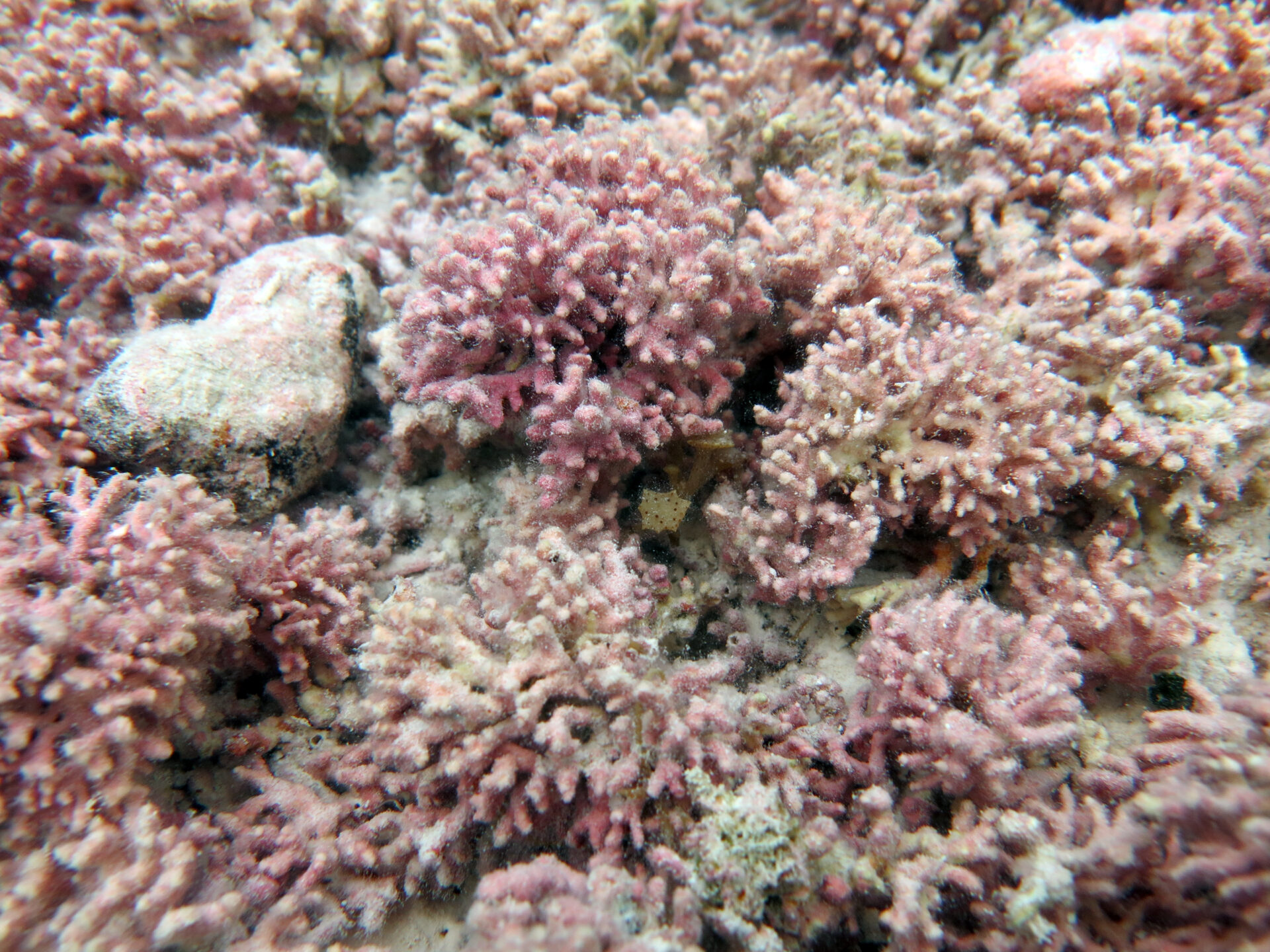
“During a research trip to Palmyra Atoll, we made a surprising discovery: a whole network of rhodolith beds[1],” says Lena Li, a recent graduate of KAUST. “No one knew rhodolith beds even existed in the tropical central Pacific.”
Despite years of research, there are still many mysteries to uncover in and around the world’s coral reefs. Rhodolith beds are one example. Scientists have limited understanding of these calcareous nodules made by coralline red algae, which accumulate in shallow seas close to coral reefs.
Rhodoliths are not fixed to the seabed like corals; rather they accumulate over time into ‘beds’ made up of separate nodules, some of which are living, and others dead. These distinctive, pink-colored aggregations provide a unique, highly diverse habitat for multiple creatures in shallow seas. Rhodolith beds may serve as an indicator of wider reef resilience, because they provide a foundation for reef regeneration following periods of stress. However, scientists know little about how rhodoliths respond to stressors such as warming oceans.
Following their exciting discovery, the team improvised to gather as much data as they could on location.
“Palmyra Atoll is located within the largest marine protected area on Earth,” says Li, who was supervised by faculty member, Maggie Johnson. “It is as close to pristine and untouched as we can get, with no permanent human population and no local stressors. This allows us to get an idea of a baseline, healthy rhodolith ecosystem structure and function, without human activities clouding our view.”
The area where they found the rhodolith beds was quite inaccessible and had not yet been explored thoroughly. The team had to maneuver a small boat through tiny cuts between islands and could only reach the beds when the tides were just right.
“We hadn’t come prepared to study rhodoliths, so we used the equipment we had – namely myself, a pair of fins, a snorkel and a handheld GPS unit on a float,” says Johnson. “I swam around the edges of all the beds and further out to survey their full extent, and took a GPS point every two fin kicks. Exhausting, but worth it!”
The team mapped 15 different rhodolith beds, collectively covering 1.5 hectares. Together with the surrounding coral reefs, the whole ecosystem stretched to around 15 hectares. The beds revealed a distinctive ecosystem from the neighboring coral reef, providing food and shelter for large marine mammals, alongside numerous fish, mollusks, echinoderms and sponges.
The team also found an abundance of cryptic invertebrates there, compared with the surrounding coral rubble.
“Rhodoliths provide many of their ecosystem services because of their structural complexity, which is dependent on both their species and local environmental conditions,” explains Li. “Integrating molecular, morpho-anatomical and environmental data allowed us to understand some of the factors driving their complexity.”
“We also discovered two new rhodolith species,” says Li
The team are now further sequencing their samples in collaboration with researchers in Italy. They have also been working closer to home, examining rhodoliths and encrusting coralline algae in the central Red Sea for the first time.
“Rhodoliths are particularly sensitive to both local and global human impacts, so it is vital that we understand them and establish effective conservation policies to protect them,” concludes Johnson.
Reference
- Li, L., Goberdhan, L.S., Giorgi, A., French, B., Egerton, J.P., Pollock, F.J., Rich, W., Smith, J.E., Fox, M.D. & Johnson, M.D. Newly described rhodolith bed complex associated with shallow coral reefs of Palmyra Atoll, Northern Line Islands. Aquatic Conservation: Marine and Freshwater Ecosystems 35, e70024 (2025).| article
You might also like
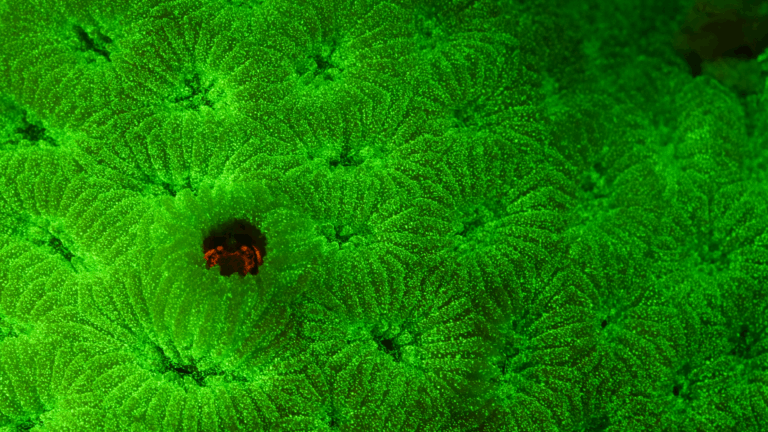
Marine Science
Tiny crabs glow to stay hidden
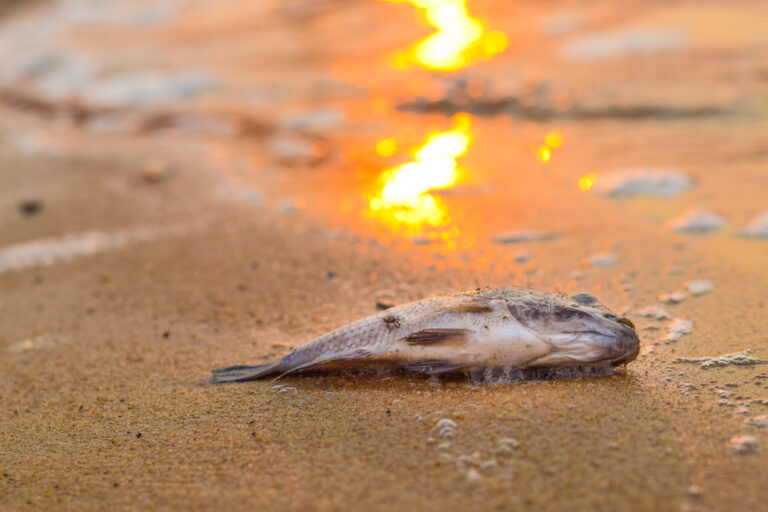
Marine Science
Mass fish deaths linked to extreme marine heatwave in Red Sea
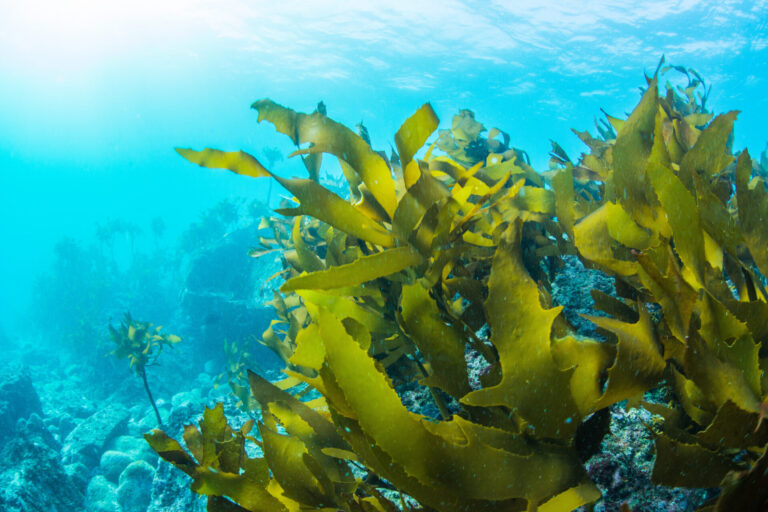
Marine Science
Weeding out the secrets of Red Sea macroalgae
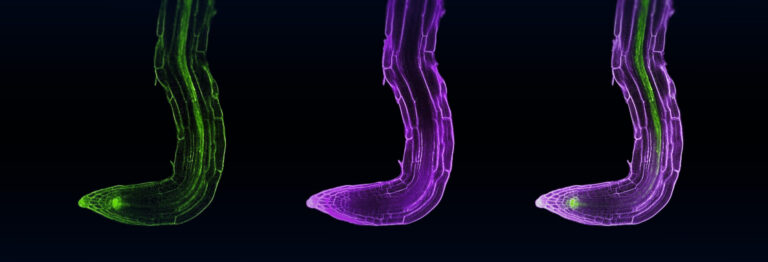
Bioscience
Digging into the world of plant-growth-promoting microbes
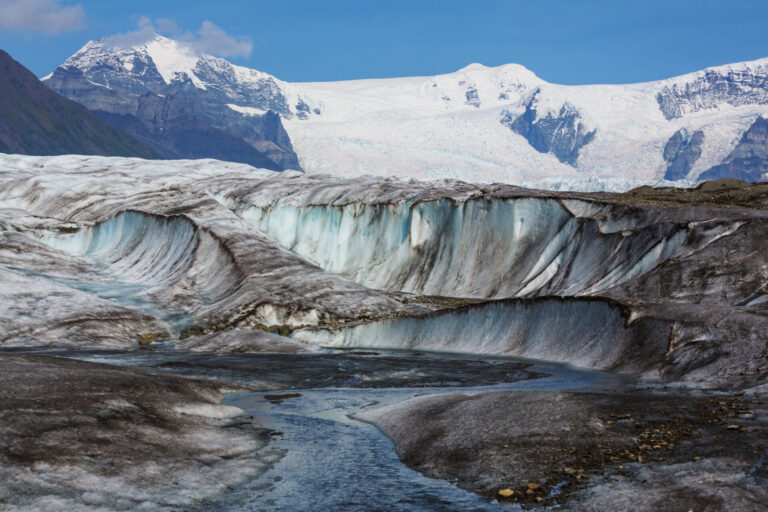
Bioscience
Unique microbiome discovered in mountain streams
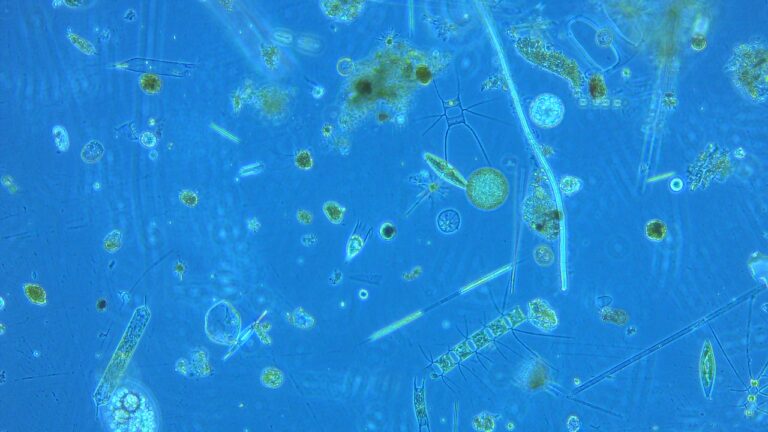
Marine Science
Examining phytoplankton’s past to reduce future algal blooms
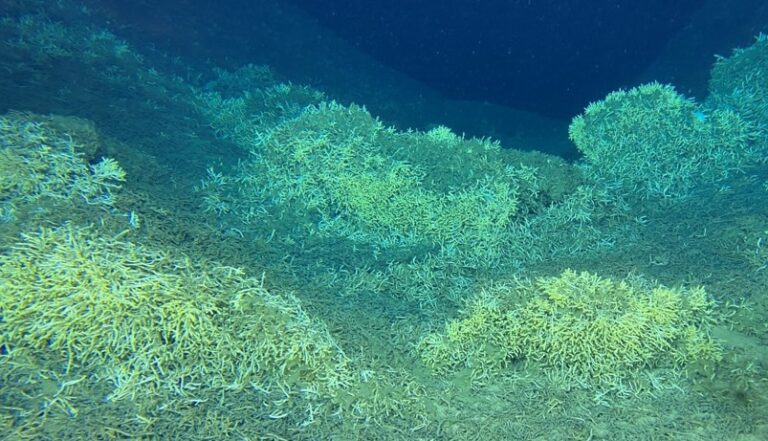
Marine Science
Extensive deep warm-water coral frameworks pinpointed in the Red Sea
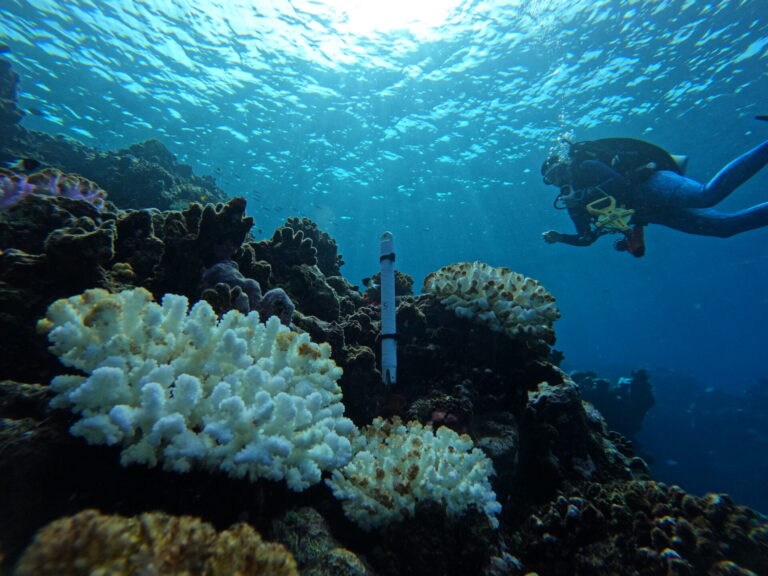
Marine Science




